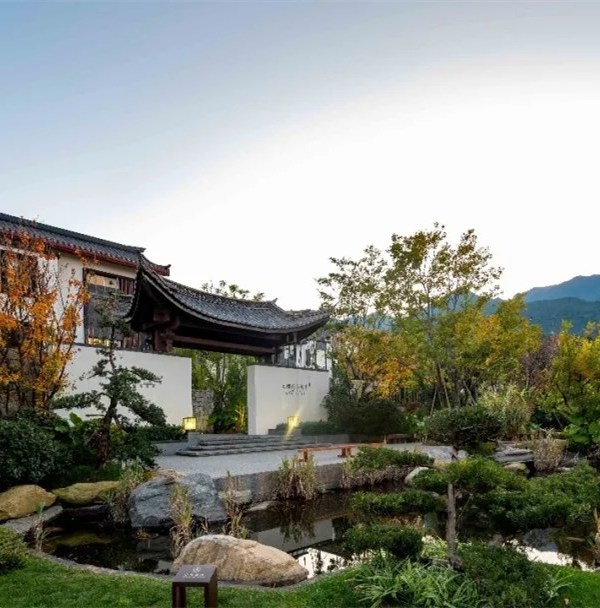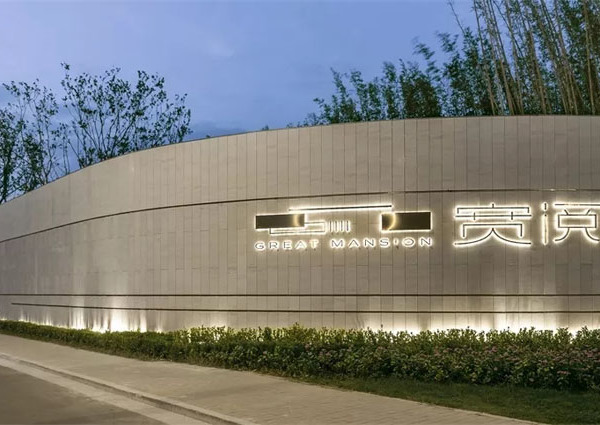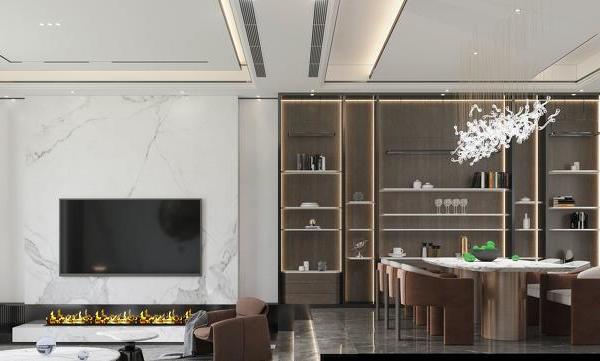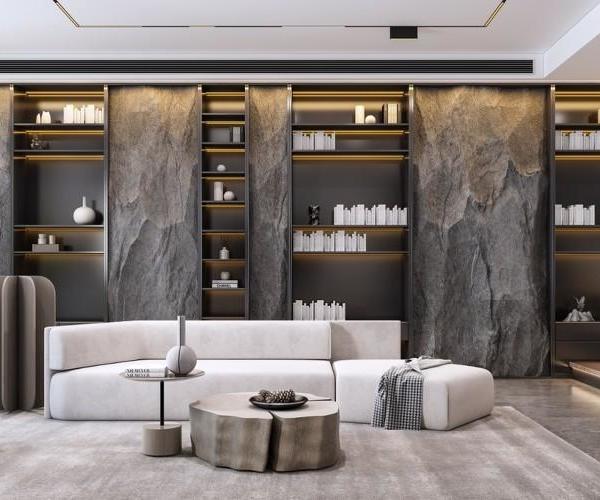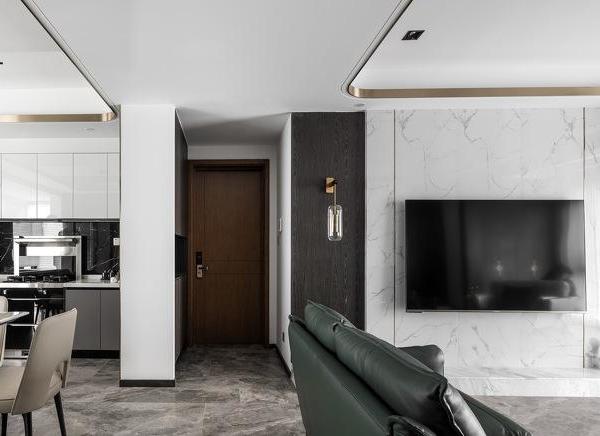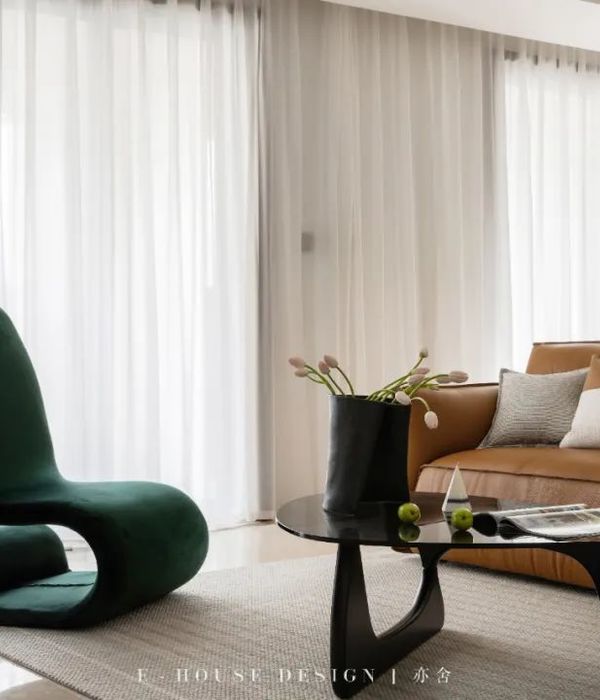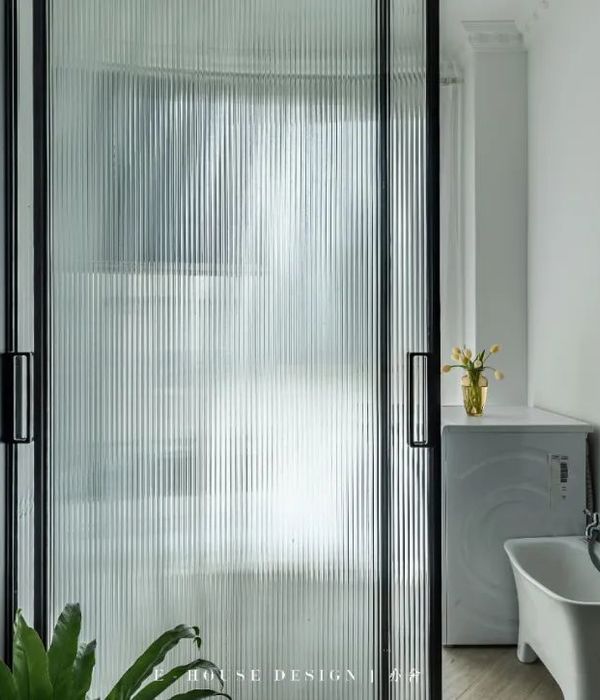Area / 472 m2 construction _ 221m2 stairs, paths, patios and terraces Architecture / em-estudio / Ivan Esqueda Martínez Interior Design / Gala Sánchez-Renero Arquitectural Drawing / Berenice Galindo Structure / Grupo Acero y Concreto Engineering / Ing. Miguel Ángel Márquez Trujillo Carpentry / Rigoberto Velásquez Pacheco Master Builder / José Noé Pulido López Photography / Diego Padilla Magallanes _ Nin Solis _ Ivan Esqueda Martínez _ Emanuel Velásquez
"La Extraviada is a fish that turned into a dream that turned into a project that turned into a house overlooking the sea."
Facing the Pacific Ocean, La Extraviada is built on the side of the hill in front of the quiet and majestic Mermejita beach, totally surrounded by nature.
La Extraviada is a house for vacationing in Mazunte, Oaxaca, where it is always hot. Under this premise, the house was designed considering the sea view and the cross-flow of air that keeps the spaces fresh. It is a project that does not fight against the nature of its context due to its proximity to the sea: the weather, the salt, the sun and the humidity, but uses it to its advantage, making it an essential part of the design.
The house seeks to blend in with the hill, adapting to its topography, where the spaces are discovered as one goes up or down the mountain. The volumetry of the project arises from the superposition of volumes that resemble stones, which contain large wooden windows, which are projected one over the other, adapting to the slope of the land, generating terraces and overhangs that provide shade and let the wind flow, creating an image of stones that stand in balance on the hillside.
The access is through the top part of the plot, where the parking lot and the main entrance are located. To access the house, you walk down the stairs that are contained between walls that lead to a stone vestibule-patio.
The social area is enclosed in a pavilion with a wooden structure and a roof covered with clay tiles, which opens onto the terrace and pool that face the sea, and is complemented by the stone patio, which contains the space and allows the flow of air. The living room, dining room and kitchen on this pavilion are enclosed by large wooden doors with shutters that open and close as the sun, rain and wind demand.
The house has four rooms, two integrated into the main block and two that can function as independent studios, since they have their own access on the lower part of the land and a kitchen and a private fresh water pool each.
On one side of the main terrace there is a staircase contained between walls that are projected to a double height that frames the natural surroundings, from where you can access two of the rooms. On the opposite side, a stone staircase adapts to the topography, immersed in the nature of the hill, and goes down to the studios and continues to the beach.
Most of the materials used in the construction are regional, such as macuil wood in the carpentry and guapinol wood in the structure, and stone from nearby quarries in patios and stairs. The roof of the main pavilion is made of flat clay tiles. All the walls of the project have a polished cement finish mixed with brown pigments, seeking, as with the roof tiles, to blend the architecture with the surrounding colors in nature, until the patina of time becomes an integral part of the image of the project where the weathering gives character to the volumes.
The concrete, which is present throughout the project, makes it possible for the architecture to emerge in the middle of such a steep slope, becoming an ideal canvas to be transformed in its appearance with the passage of nature and time.
{{item.text_origin}}


